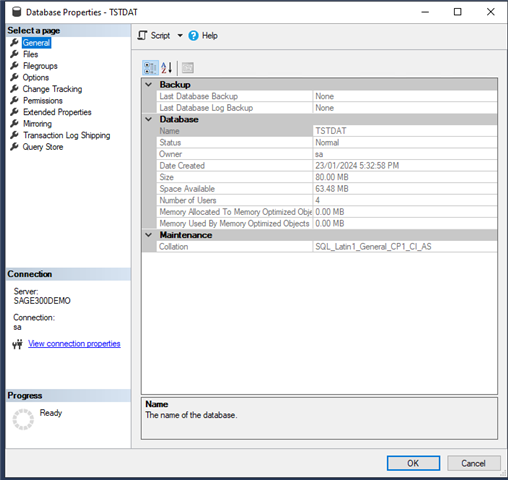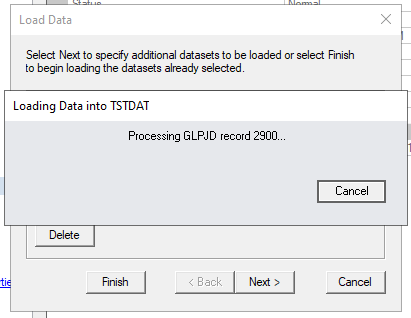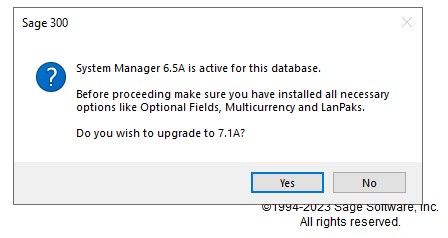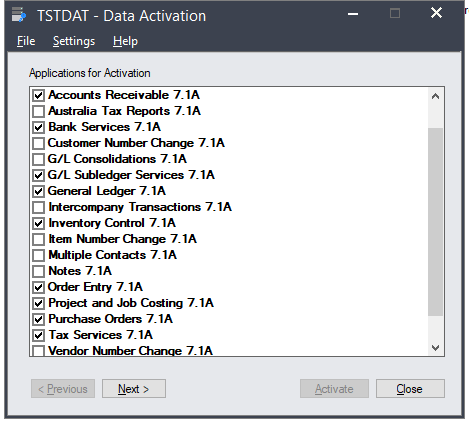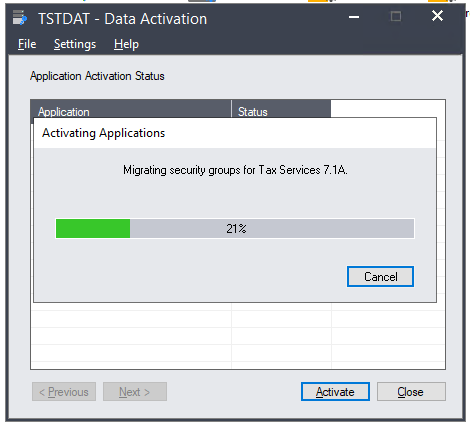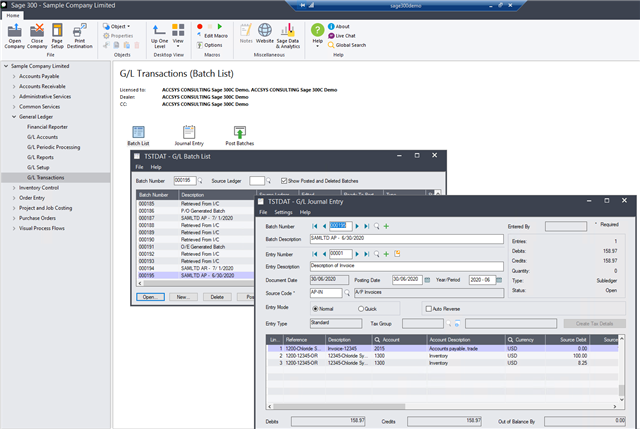Dear Gurus,
I am using SAGE 300 Premium 2018.
I installed and loaded SAMSYS, SAMINC and SAMLTD.
I am at the General Ledger Module --> G/L Transactions, trying to browse Journal Entries.
Whenever I scroll to the end of the entries, I will get this error:
Description: Journal Header. Database error (operation=GET-LE, error=105). [Microsoft][SQL Server Native Client 11.0][SQL Server]Unclosed quotation mark after the character string 'ÞÞÞÞ?)) order by "BATCHID" desc,"BTCHENTRY" desc'. Please refer this error to your database administrator or see your database documentation for further assistance.
This happens on both SAMINC and SAMLTD.
If I browse through a client database, there are no errors.
Kindly assist how do I resolve this error.
Thank you for your kind assistance.




